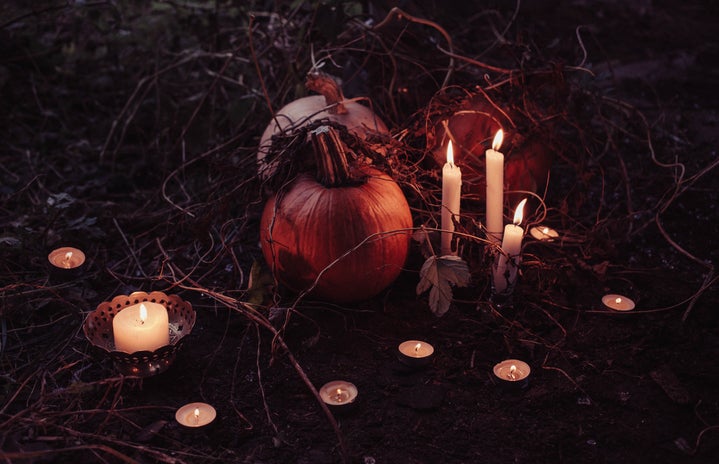We’re now well into the month of October, and spooky season is fast upon us. You’ve probably already got your plans for Halloween in place, maybe you’ll dress up, eat some chocolate and curl up to watch a thematically suitable horror film. Except, then you remember that most horror films are incredibly misogynistic and rely upon archaic tropes for their plot and characterization, like ‘Sex=Death,’ gratuitous violence against women, and burning witches.
Yet, look no further, as I’ve compiled a list of feminist horror films that subvert misogynistic tropes, ignore them, or reconfigure the genre entirely. Enjoy!
Jennifer’s Body (2009, dir. Karyn Kusama)
Written fresh from the success of her previously acclaimed film Juno, screenwriter Diablo Cody was allowed to write any film she wanted – so she chose the story of a boy-eating teenage girl, Jennifer (Megan Fox) who is turned into a succubus after a band’s attempt to sacrifice her to Satan goes wrong. Not only is this an overlooked masterpiece in socially aware, bloody horror, but Cody also portrays a wonderfully nuanced relationship in the strained friendship of Jennifer and Needy (Amanda Seyfried).
The Fear Street Trilogy (2021, dir. Leigh Janiak)
While not technically one film, as it’s a film trilogy inspired by the R.L. Stine books of the same name, Fear Street is both a nostalgic and modern take on the slasher genre, as gory killings start to happen in the seemingly ‘cursed’ town of Shadyside, while the privileged residents of Sunnyside remain unscathed. It also features diversity, complex female protagonists, a subversion of the ‘evil witch’ trope, and a central sapphic relationship between Deena (Kiana Madeira) and Sam (Olive Scott Welch).
The Babadook (2014, dir. Jennifer Kent)
This Australian horror shows the horrors of being a single mother struggling with depression, as Amelia (Essie Davis) struggles with her husband’s violent death, and her son’s fear of a terrifying monster – The Babadook – lurking in their house. As well as being an adept metaphor for mental illness and grief, The Babadook is also a singularly terrifying film. Watch at your own risk!
There’s Someone Inside Your House (2021, dir. Patrick Kack-Brice)
Another Netflix slasher, this recent film also reconfigures long-lasting horror tropes while paying homage to them, following teenager Makani (Sydney Park) who, after moving from Hawaii, is forced to confront her dark past after a string of her classmates is brutally murdered. Subverting the trope of a virginal, white ‘final girl,’ the film adds diversity to a well-worn genre while indulging in spectacularly creative kills.
A Girl Walks Home Alone at Night (2014, Ana Lily Amirpur)
A beloved Iranian offering from the 2014 Sundance Film Festival, this film depicts, in an Iranian ‘ghost town,’ a skateboarding female vampire, who preys on men who disrespect women. Need I say more?
So the moral of my article is: Don’t force yourself to sit through one of these obscene male-written horror spectacles just because of societal pressure, or because they’re a ‘classic,’ and ‘mastery in directing,’ according to that guy you know who does Film Studies. Sometimes it’s best to align entertainment with your moral and political values.


